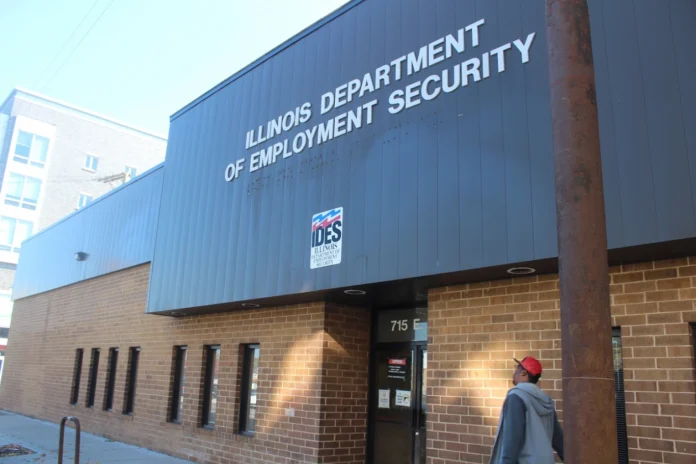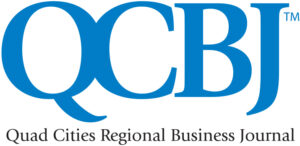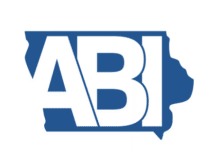
Illinois’ statewide unemployment rate fell -0.1 percentage point to 4.4%, while nonfarm payrolls increased by 31,200 in July, the Illinois Department of Employment Security (IDES) announced last week.
The unemployment report, released by IDES, is based on preliminary data provided by the U.S. Bureau of Labor Statistics (BLS).
In July, the industry sectors with the largest over-the-month gains in employment include: Professional and Business Services (+10,000 jobs); Manufacturing (+6,300); and Trade, Transportation and Utilities (+5,700). Industry sectors reporting monthly payroll declines include: Construction (-1,400) and Educational and Health Services (-1,400).
In its news release, IDES said the June monthly change in payrolls was revised from the preliminary report, from +18,800 to +16,000 jobs, while June unemployment rate remained unchanged at 4.5%.
“As the statewide unemployment rate continues to drop and continued claims levels for unemployment benefits remain at historic lows, IDES encourages employers and jobseekers to utilize the Department’s robust employment services tools for reentry into the workforce,” Deputy Gov. Andy Manar said in the release. “Whether it be participating in or hosting a job fair, training or skills building, IDES has the tools needed to assist in the growth of the expanding labor market.”
The state’s unemployment rate in July was +0.9 percentage point higher than the national unemployment rate of 3.5%, which was down -0.1 percentage point from the previous month. The Illinois unemployment rate was down -1.8 percentage points from a year ago when it was 6.2%.
“After Illinois reached the lowest unemployment rate since the onset of the pandemic in June, it’s encouraging to see the state’s unemployment rate continue to drop while seeing continued growth in key industries,” DCEO Director Sylvia Garcia said in the release. “Looking ahead, DCEO continues to focus on expanding equitable workforce training opportunities, providing incentives to companies who invest in Illinois’ workforce, and providing resources and training opportunities for job seekers.”
Compared to a year ago, nonfarm payroll employment increased by 236,600 jobs with gains across nearly all major industries. The industry groups with the largest increases include: Leisure and Hospitality (+61,800 jobs), Professional and Business Services (+56,700), and Trade, Transportation and Utilities (+44,600). The Mining sector (-100) was the only industry sector that reported an over-the-year decline in payroll employment. In July, total nonfarm payrolls were up +4.1% over-the-year in Illinois and up +4.2% in the nation.
The number of unemployed workers was down from the prior month – a -1.1% decrease to 287,200 – and was down -27.1% over the same month one year ago. The labor force was almost unchanged over-the-month and up +2.2% over-the-year.
The unemployment rate identifies those individuals who are out of work and seeking employment. An individual who exhausts or is ineligible for benefits is still reflected in the unemployment rate if they actively seek work.
In May 2020, Gov. J.B. Pritzker launched Get Hired Illinois, a new one-stop-shop website to help connect job seekers with hiring employers in real time. It includes IllinoisJobLink.com (IJL), the state’s largest job search engine, which recently showed 43,596 posted resumes with 161,574 available jobs.




